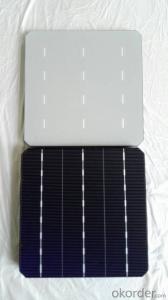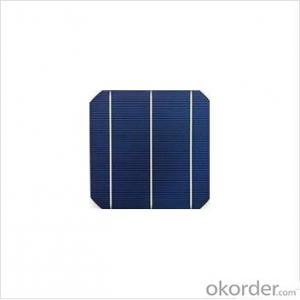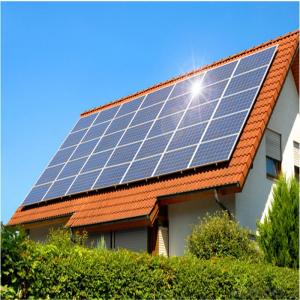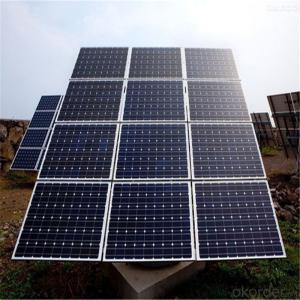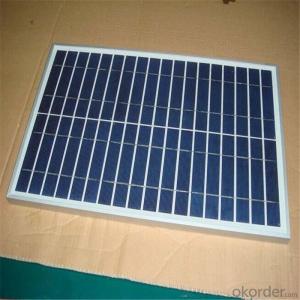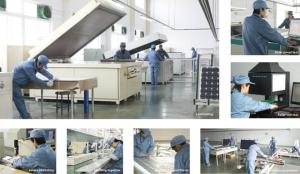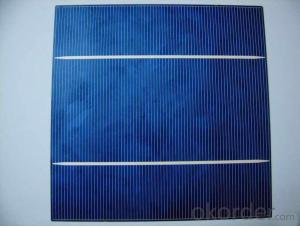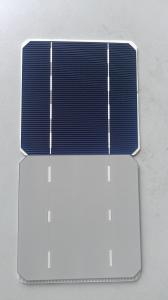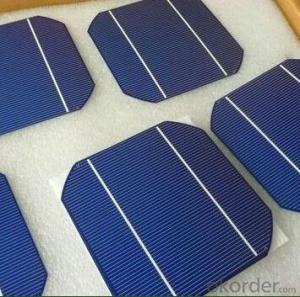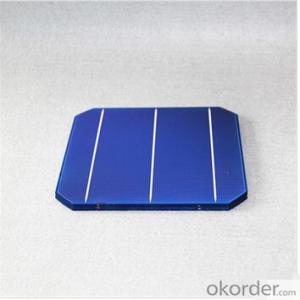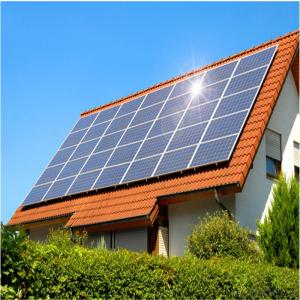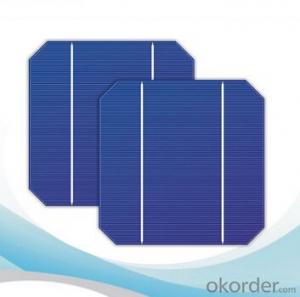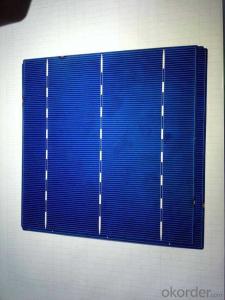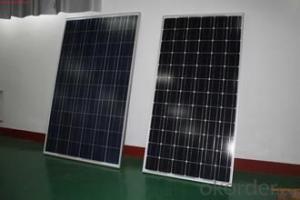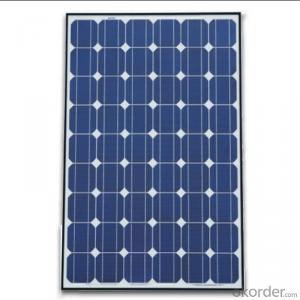1st Generation Solar Cells
1st Generation Solar Cells Related Searches
First Generation Solar Cells 2nd Generation Solar Cells 4th Generation Solar Cells 3rd Generation Solar Cells Second Generation Solar Cells Fourth Generation Solar Cells Photovoltaic Solar Cells High Quality Solar Cells High Performance Solar Cells 1.5 V Solar Cells High Power Solar Cells High Efficiency Solar Cells High Voltage Solar Cells High Temperature Solar Cells First Solar Module Highest Efficiency Solar Cells High Output Solar Cells Lightweight Solar Cells Compact Solar Cells Electric Solar Cells Foldable Solar Cells High Wattage Solar Cells Printed Solar Cells Solar Energy Cells Affordable Solar Cells Full Spectrum Solar Cells 4 Generations Of Solar Cells Bulk Solar Cells Free Solar Cells 3d Solar Cells1st Generation Solar Cells Supplier & Manufacturer from China
1st Generation Solar Cells, also known as crystalline silicon solar cells, represent the initial stage of solar cell technology development. These cells are primarily made from high-purity silicon, which is processed into wafers to create the photovoltaic cells that convert sunlight into electricity. They are widely used in various applications, including residential rooftops, commercial buildings, and large-scale solar power plants. The efficiency and reliability of 1st Generation Solar Cells have made them a popular choice for harnessing solar energy in numerous scenarios.Crystalline silicon solar cells, or 1st Generation Solar Cells, have been the backbone of the solar industry for many years due to their proven performance and durability. They are used in a variety of settings, from powering individual homes to contributing to the energy grid through large solar farms. These solar cells are known for their ability to withstand various weather conditions and maintain their efficiency over a long period, making them a reliable source of renewable energy.
Okorder.com is a leading wholesale supplier of 1st Generation Solar Cells, offering a vast inventory to cater to the growing demand for solar energy solutions. As a trusted platform, Okorder.com ensures that customers have access to high-quality crystalline silicon solar cells at competitive prices, facilitating the expansion of renewable energy adoption across different sectors.
Hot Products


